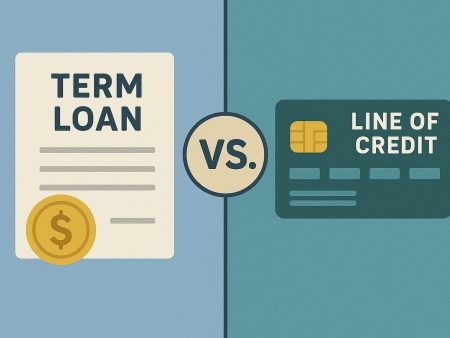When expanding operations or covering cash-flow gaps, understanding the differences between term loans, SBA loans, and business lines of credit is critical. Here’s a concise comparison to help you choose the right financing vehicle:
| Feature | Term Loan | SBA Loan | Line of Credit |
|---|---|---|---|
| Structure | Lump sum repaid over fixed term | Government-guaranteed term loans | Revolving credit up to a set limit |
| Terms & Rates | 1–5 years; 6%–12% APR fixed | 7–10 years; 5%–9% APR fixed | 1 year renewable; variable 8%–15% APR |
| Access to Funds | One-time disbursement | One-time disbursement | Draw as needed, repay, redraw |
| Fees & Guarantees | Origination fees 1%–5%; no guarantee | Up to 3.5% guarantee fee; lower risk | Maintenance fees; no collateral needed |
| Best for | Equipment purchases, expansions | Large investments, real estate, startups | Seasonal inventory, payroll shortfalls |
How to Pick the Right Option
-
Purpose & Amount: Use term loans or SBA loans for capital-intensive needs (e.g., machinery, facilities). Lines of credit excel at bridging short-term gaps or smoothing uneven revenue cycles.
-
Cost vs. Flexibility: Term loans and SBA products offer lower fixed rates but lock you into a repayment schedule. Lines of credit charge higher, variable rates but give you on-demand flexibility.
-
Qualification Criteria: SBA loans require strong credit, thorough documentation, and sometimes personal guarantees. Unsecured term loans and lines of credit may approve faster but at higher rates.
Pro Tips for Application Success
-
Package a Complete Proposal: Include use-of-funds breakdown, three-year projections, and repayment plan.
-
Maintain a Clean Credit Record: Be ready to explain any blemishes and show how you’ve remedied past issues.
-
Consider Hybrid Approaches: You can pair an SBA term loan for major capital outlays with a line of credit for working-capital agility.
By aligning your financing choice with your cash-flow profile and growth objectives—and preparing a polished application—you’ll secure the funds you need on terms that optimize both cost and flexibility.







